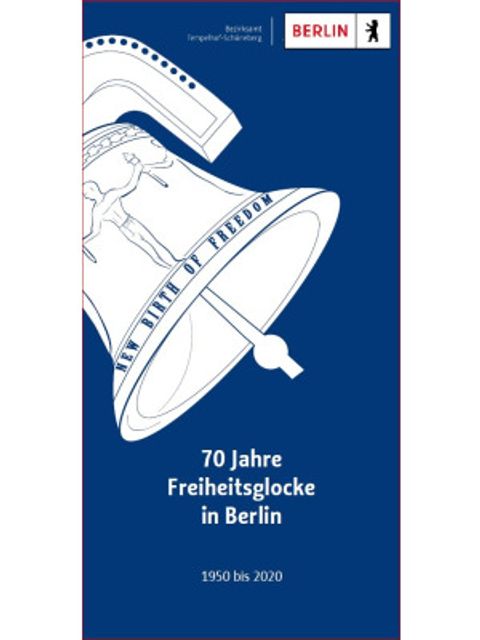The 70th anniversary of the Freedom Bell represents a good opportunity to reflect on the importance of symbols and symbolism in the history of the Cold War and in the relations between Germany – particularly Berlin – and the United States. It reminds us as well that the meaning and resonance of symbols can change significantly over the course of the years as political and cultural circumstances also change.
Seven decades after the dedication of the Freedom Bell, and three decades after the end of the Cold War, it is sometimes easy to forget the power of the symbols with which it was originally associated. It is also important to remember that symbols are not simply misleading representations of the past. They are ways of sorting and arranging our cultural associations and ultimately our memories.


 Plain language
Plain language German Sign language
German Sign language





